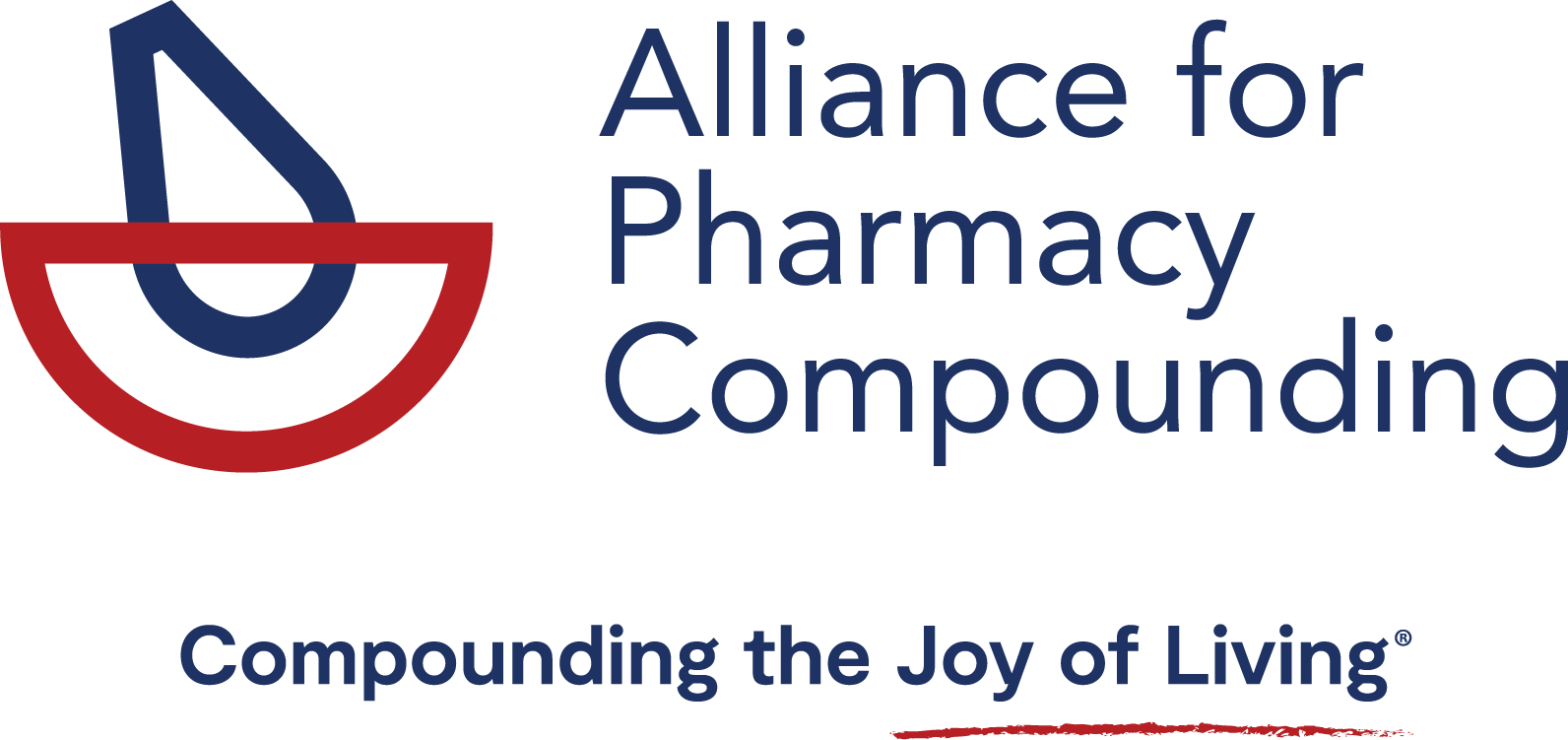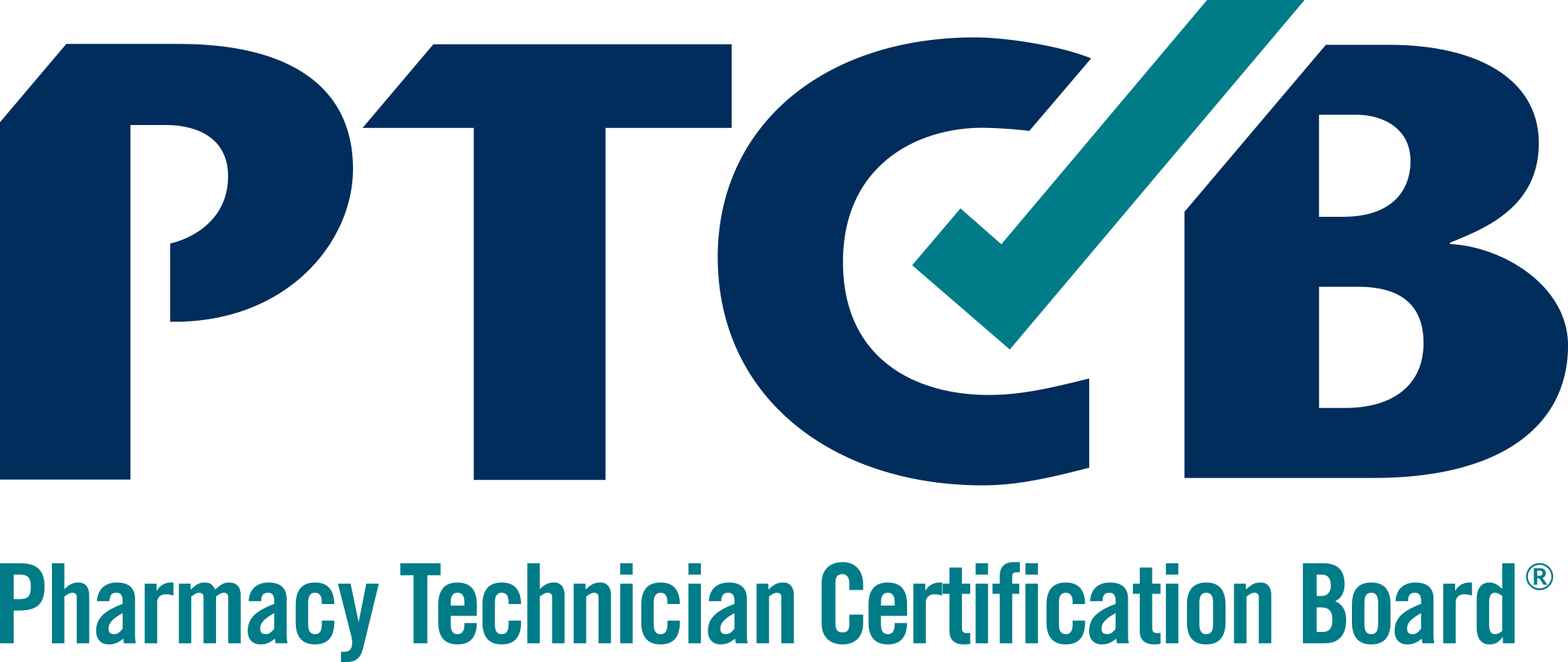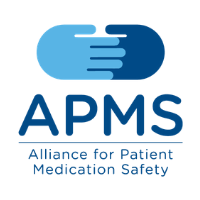Animal Compounding and GFI #256
FDA is misreading an obscure section of AMDUCA. It doesn’t make sense … and it puts animals in jeopardy.
Latest information
On April 13, 2022, FDA released the final GFI #256. APC will be providing more information once we’ve read and reviewed the full document.
The agency has provided the following links:
- The press release about GFI #256
- Q&A on GFI #256
- Several other “Resources on Animal Drug Compounding from Bulk Drug Substances“
The issue
Action requested
In autumn 2020 APC presented formal comment urging FDA CVM to withdraw GFI #256 in its entirely, citing FDA overreach and absence of authorizing legislation, among other concerns. The comment period has since closed, and we await word of action by FDA CVM.
On November 19, 2019, FDA issued a draft guidance for industry (GFI #256) on animal drug compounding — a GFI that is remarkably similar to one it issued in 2015 that was subsequently withdrawn in response to concerns it exceeded FDA’s statutory authority, interfered with the state regulated practice of veterinary medicine and pharmacy, and endangered the health of companion and exotic animals.
The GFI number has changed – and to FDA’s credit, the agency removed earlier references to DQSA (which relates only to human drug compounding) and language that would impose the human compounded drug regulatory framework on animal compounding. But not much else has changed.
FDA bases its authority for GFI #256 on a misreading of language in a section on extra-label use of compounded drugs in the Animal Medicinal Drug Use Clarification Act (AMDUCA) of 1994 – a section that states clearly that it has nothing to do with compounding from bulk drugs. On that mistaken authority, FDA would needlessly interfere with veterinarians’ ability to provide the best care for their animal patients.
Today, veterinarians who want to prescribe a compounded medication for a specific patient, based on their knowledge and experience, can simply do so – just as other prescribers of human drugs may. Under GFI #256, however, veterinarians will be forced to spend time documenting why the compounded drug is necessary — how it produces a clinical difference and what the medical rationale for the prescription is. That’s a requirement without precedent, and it’s required of no other prescribers. Moreover, without the vet’s documentation that a drug may be compounded from bulk substances, compounders will be restricted to compounding only with FDA-approved drugs – which will most certainly increase costs to animal owners.
Today, vets keep a variety of compounded medications on hand in their offices for immediate administration when needed — again, based on their knowledge and experience. But under GFI #256, the FDA would provide a list of the only bulk ingredients compounders would be permitted to use when making veterinary medications. That list will restrict the veterinarians’ ability to treat animals – because FDA, not the vet or the pharmacist – decides which medications are best, even if state law allows other medications or preparations. The FDA has no statutory authority to practice medicine or to develop such a list.
This provision is particularly dangerous, as veterinary clinics serve as hospitals and emergency rooms, and veterinarians must have commonly used compounded medications available to meet the immediate needs of animals in their care. The FDA has no business interfering in animal health. Congress specifically chose not to include animal health provisions in the Drug Quality and Security Act of 2013, and FDA should not be allowed to act as if it has statutory authority that clearly does not exist.



























![Topi-CLICK a Division of TEAM Outlines[1]](https://a4pc.org/files/Topi-CLICK-a-Division-of-TEAM-Outlines1.png)





